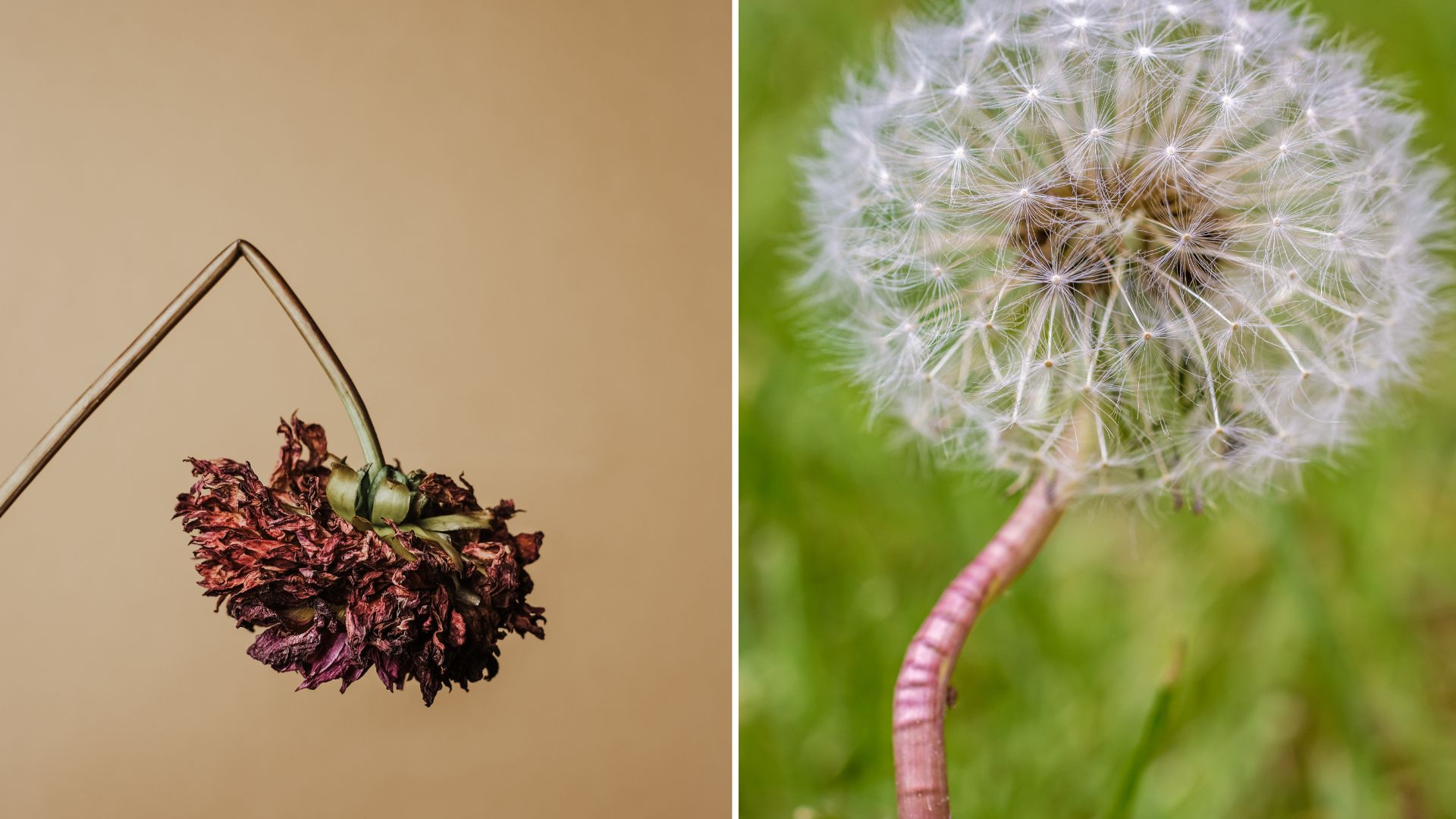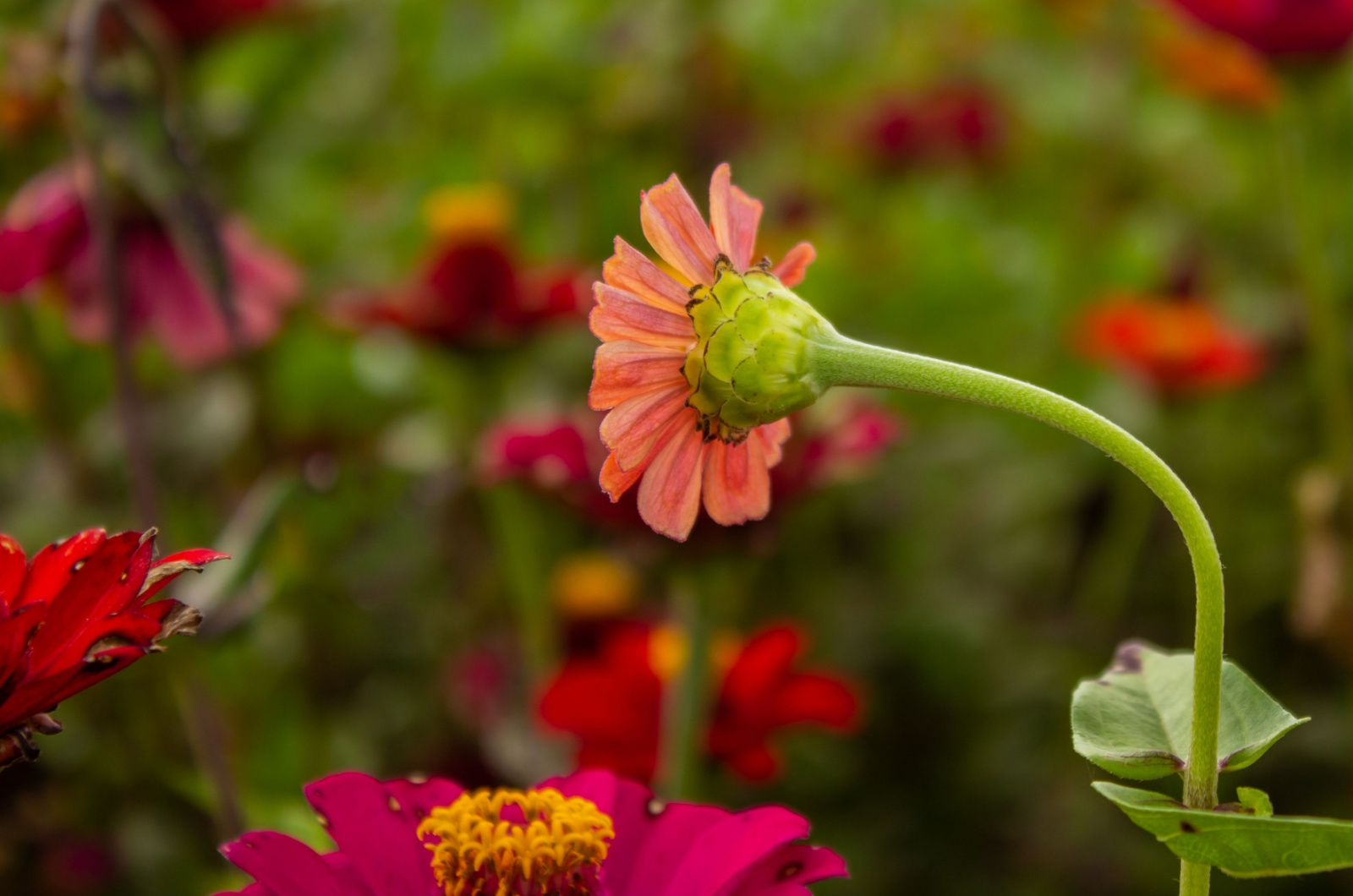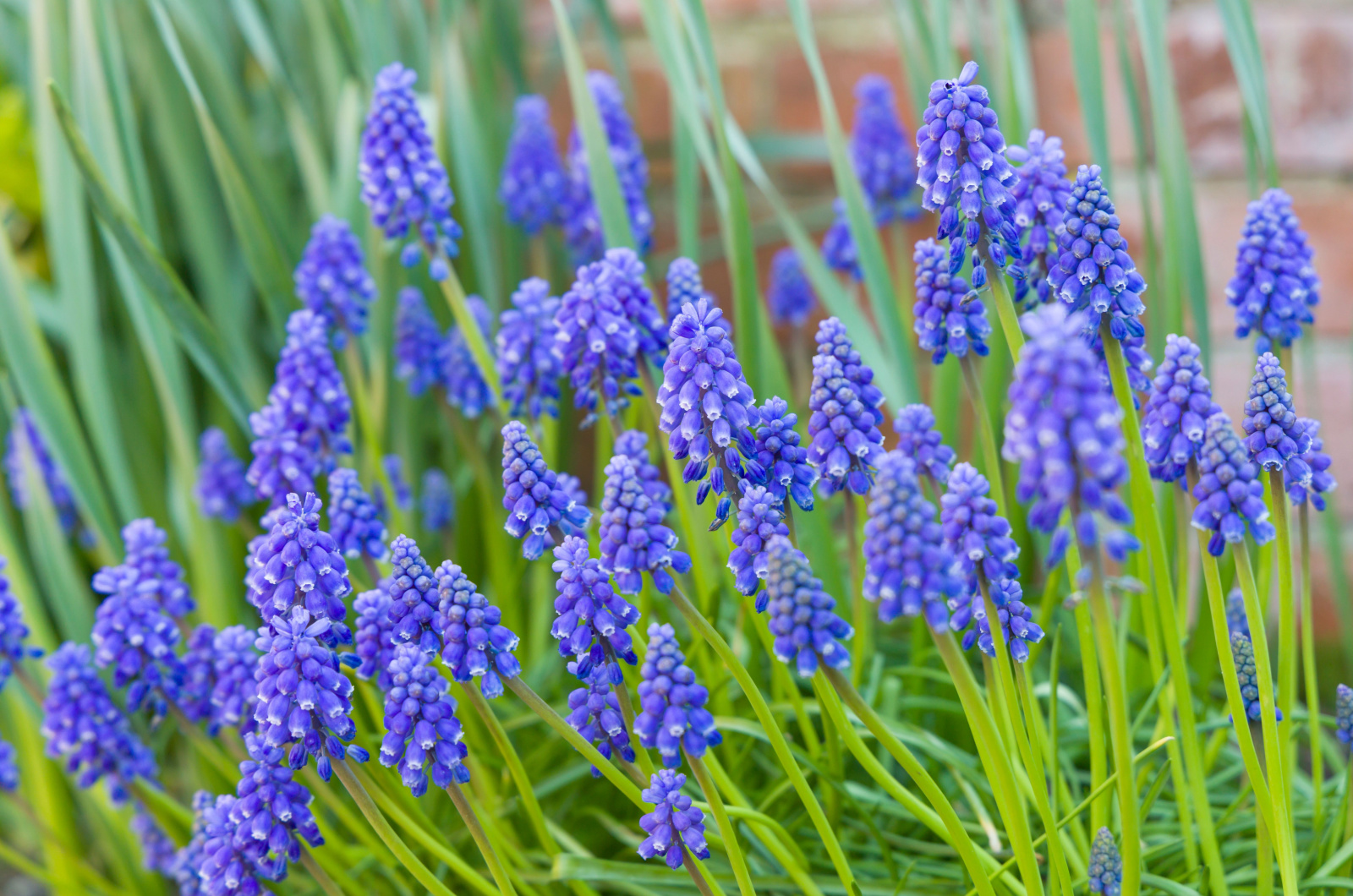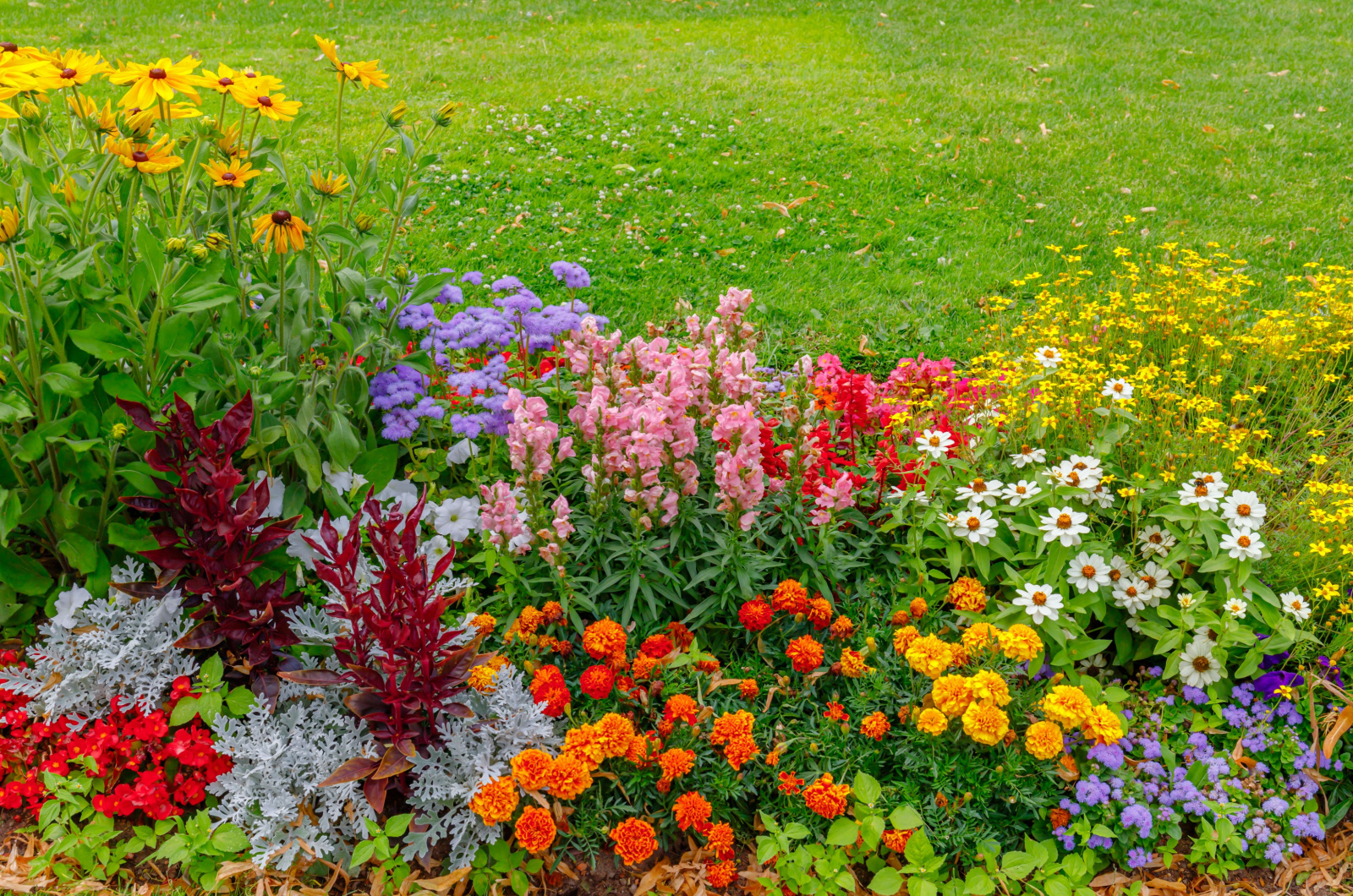One thing I noticed in my garden this year is that my normally straight-as-an-arrow irises turned crooked.
So, naturally, I went to investigate and quickly found what the problem was – clumped bulbs. But this got me wondering, is that the only reason why straight flowers bend and become all wobbly?
It turns out it’s not. There are a few other things that may lead to this issue, and I singled out some of the most common ones that can help you diagnose your flowers.
Let’s get started!
1. Stress Turns Them Crooked
There’s no telling how certain stressors may affect plants, although we can guess with accuracy. However, even the most normal things can have strange consequences.
For instance, if the plant gets stressed by excessive heat, cold, or even inadequate watering, it may express it with wilting, squishy, or broken leaves, but it can also take it out on the stem.
All these harsh weather conditions may lead to crooked stems, so make sure to protect your flowers somehow; adjust watering, plant them near walls or place them on your porch, and cover them with shade cloth if they can’t handle too much sun and heat.
But these extreme weather conditions aren’t the only reason your plant may bend. Imagine you’re weeding out unwanted grasses and you accidentally pluck your cosmos or sunflowers.
You may rebury it in as little as thirty seconds, but their body will remember. They may develop a crook there. The rest of the plant may be completely healthy and continue growing normally, but that one crook won’t go away.
2. Plants Will Turn Everywhere To Find Light
Another reason flower stems go all crazy is lack of sunlight. If you place your sun-loving flowers in a shaded spot, they may twist, bend, and elongate in order to search for sunlight.
Plants like these aren’t that pretty, especially when you find them crawling on the ground trying to extend as much as they can.
But when they find that light source (or you move them to a brighter location), they will straighten towards it as much as they can.
However, those crooks, nooks, and elongations will still remain and you will have to prune your flowers if you want to remove them.
3. Clumping Bulbs Also Leads To Crookedness
It really got me baffled when I saw my irises all flopping, wobbly, and crooked. I wondered what caused it this year as it didn’t happen in the previous years.
They’re planted in full sun, get plenty of water to sustain them, and they’re not exposed to harsh winds or anything.
I soon discovered that clumped bulbs caused this issue. I knew that I needed to divide my irises, but I didn’t know that these clumps of flowers were posing such an issue that the new growth would come out all crooked.
I divided them once they finished flowering and I’m hoping to see straight plants next year.
And if you’re looking for some of the best spring bulbs to plant this fall, know that you will most likely have to divide them every 2-3 years to avoid crooked stems.
Crooked Stems Don’t Necessarily Equal Bad Health
But crooked stems don’t always mean that there’s something wrong with your plant or pose a threat to your plant.
In fact, if your plant overcomes the obstacle, it may only make it stronger.
You can even train some of your plants, such as peppers, tomatoes, or onions, by turning on a fan to blow on them, replicating windy conditions. This may make their stems stronger. They may bend against the wind, but these crooks won’t harm your plant.
Actually, even your own handling of plants, and occasionally brushing past them, can cause them to develop more resistant shoots and stems.
And having that in mind, we can conclude that crooked stems may not be an issue. They’re not aesthetically pleasing, so we don’t want them on our flowers, but we shouldn’t mind if our veggies develop them.
How To Straighten Your Plants
Unfortunately, you won’t be able to straighten your flowers this season, but you can set them on the right path for the next one.
Divide your perennials every 2-3 years and make sure they get as much sunlight as they want.
Also, try not to expose them to any environmental stressors, such as inadequate watering, strong winds, or extreme temperatures.
Protect them with frost or shade covers, water them regularly (or let precipitation do that for you if you live in a rainy region), and plant them near a fence, your home, or some walls if your area gets plenty of strong winds.
Or you can just accept their strange look!




